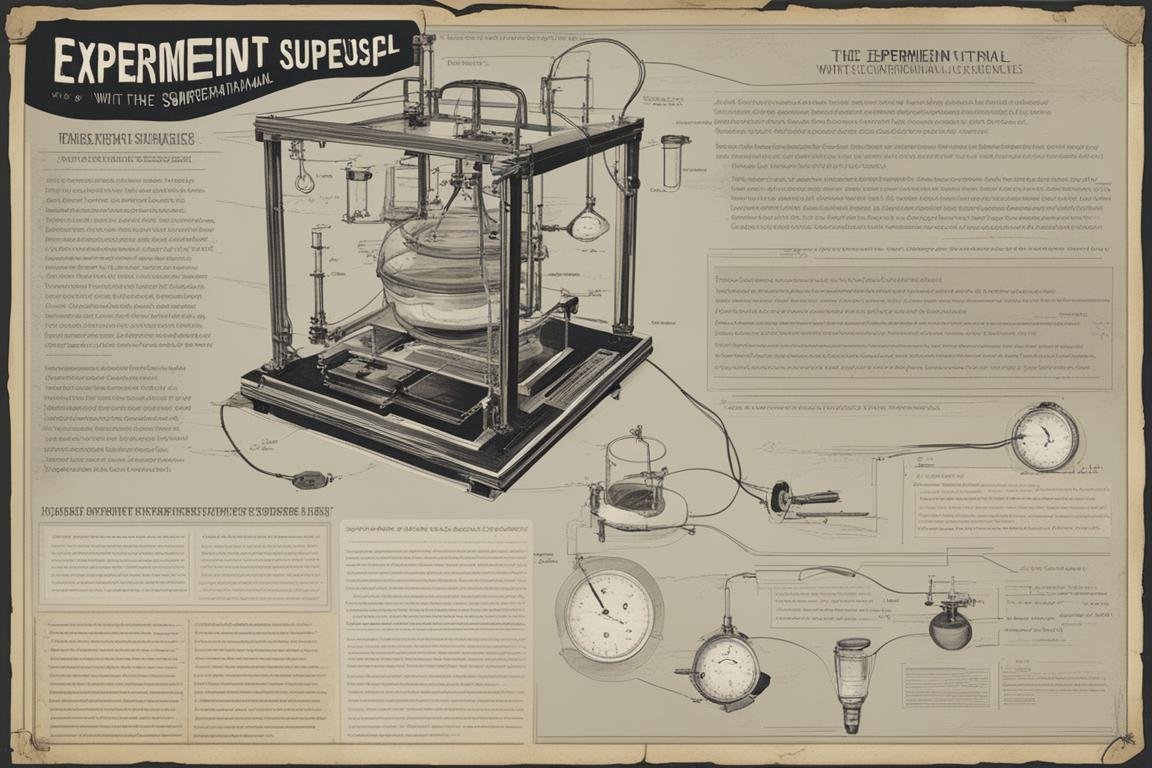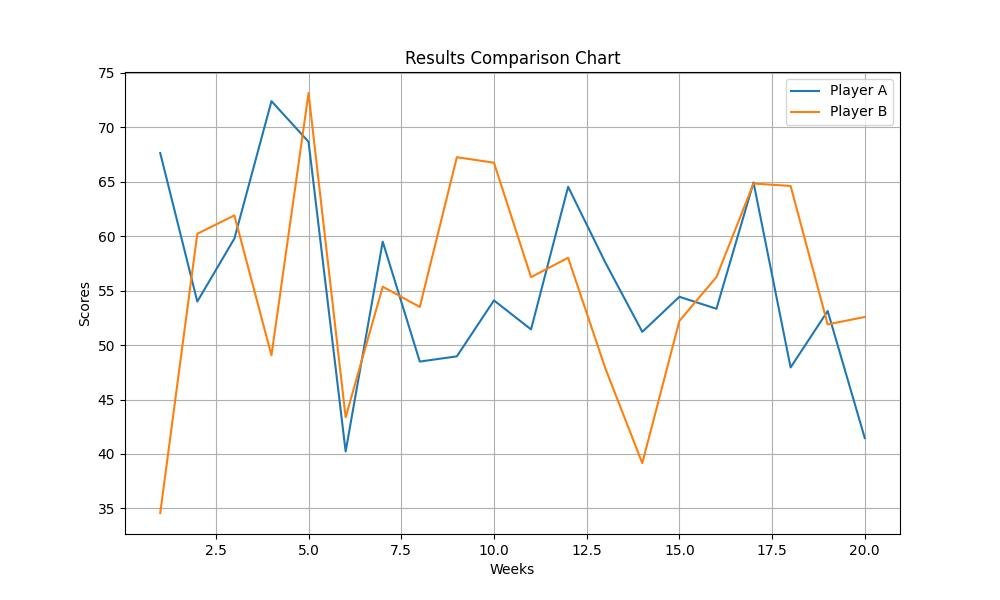Japanese Experiment with Words on Water
Could the words we utter, silently or aloud, carry the power to transform the very essence of water? This is the provocative question that Japanese scientist Masaru Emoto posed through his pioneering experiment, which has since stirred both intrigue and skepticism in equal measure. In this article, we delve deep into the essence of Emoto’s findings, exploring the intricate relationship between linguistics and the molecular structure of water. Prepare to embark on a journey through the lens of what might appear to be the physics of the supernatural, as we uncover the hidden messages in water.
Learn about Japanese Experiment with Words on Water
- Discover how words can impact water.
- Understand the power of positive and negative words.
- Explore the implications of this experiment on our daily lives.
Japanese Experiment with Words on Water
The journey into the mystical realm of water and its susceptibility to human emotions and words began in the late 1990s, with Masaru Emoto’s groundbreaking experiment. Emoto posited that if human consciousness could affect the physical reality, then water, being the most adaptable and prevalent element on Earth, would be the ideal subject for testing this hypothesis.

Insider Tip: Always approach such experiments with an open mind, but also a healthy dose of skepticism. The realm of science is as much about disproving as it is about proving.
The Hidden Messages in Water
Emoto’s experiment centered around exposing water to different words, pictures, and music, followed by freezing it and examining the aesthetic properties of the resultant ice crystals under a microscope. The premise was simple yet profound: positive words and harmonious music would yield beautifully structured crystals, whereas negative expressions and discordant sounds would result in fragmented and chaotic ice formations.

The images produced from these experiments were striking, with water exposed to positive stimuli forming intricate, snowflake-like patterns, while those subjected to negativity appeared disordered and aesthetically displeasing. This visual evidence served as the cornerstone of Emoto’s claim that human consciousness can influence the molecular structure of water.
The Power of Words
The implications of Emoto’s findings are far-reaching, suggesting that our words carry more weight than we might imagine. Consider the human body, composed of up to 60% water. If words can alter the structure of water, what effect might they have on our physical and emotional well-being?

This concept invites us to reflect on the power of words, not only in their capacity to affect others but also in their potential to shape our internal world. The notion that positive affirmations could have a tangible impact on our health and happiness is both empowering and a call to mindfulness in our daily interactions.
The Experiment
The procedure of Emoto’s experiment was meticulously designed to minimize external influences. Water samples were exposed to different words, either spoken or written, and musical compositions ranging from classical to heavy metal. After exposure, the water was frozen, and the emerging crystals were photographed under a microscope.
Critics of the experiment point to the lack of control conditions and potential for subjective bias in crystal interpretation as significant flaws in the methodology. However, supporters argue that the consistency of the results across numerous trials suggests an underlying truth to Emoto’s hypothesis.
The Results
The results of Emoto’s experiment were as diverse as the stimuli used. Water exposed to classical music and positive words like “love” and “gratitude” produced crystals of remarkable beauty and complexity. In contrast, those subjected to negative words and heavy metal music resulted in crystals that were, for the most part, irregular and fragmented.

These findings, published in Emoto’s book The Hidden Messages in Water, have since captivated the imagination of people worldwide, leading to a broader discussion about the impact of intention and emotion on the physical world.
The Implications
The implications of Emoto’s work extend beyond the realm of scientific curiosity, touching on areas such as healthcare, environmental conservation, and interpersonal relationships. If words can indeed influence water, then the way we speak to ourselves and each other, as well as our interaction with the environment, assumes a new level of significance.

While the scientific community remains divided on the validity of Emoto’s findings, the experiment undeniably opens up intriguing avenues for further research. It challenges us to reconsider the power of our words and the potential for positive change through conscious intention.
Insider Tip: Incorporate positive affirmations into your daily routine and observe any changes in your physical or emotional well-being. Experiment with mindfulness and intention in your interactions with others and the world around you.
Conclusion
Masaru Emoto’s experiment with words on water invites us to explore the profound connectivity between our inner thoughts, emotions, and the physical universe. While the scientific validity of his findings may be a topic of debate, the message at the heart of his work is undeniably powerful: our words carry weight, capable of influencing not only our interpersonal dynamics but potentially the very fabric of reality.
As we navigate the complexities of the modern world, let us be mindful of the words we choose, fostering positivity and harmony within and around us. Whether or not water holds the key to unlocking the mysteries of human consciousness, the pursuit of such knowledge encourages us to reflect on our relationship with the natural world and the power we hold to shape it.
For more intriguing explorations into the physics of the supernatural, visit our sitemap at thinwhitelies.com.
Frequently Asked Questions
Q.What is the Japanese Experiment with Words on Water?
A.It is a study that suggests words can affect water’s structure.
Q.Who conducted the Japanese Experiment with Words on Water?
A.Dr. Masaru Emoto conducted the pioneering study.
Q.How did the Japanese Experiment with Words on Water work?
A.Water was exposed to different words and frozen for observation.
Q.Can words really influence water’s structure?
A.While controversial, the study implies a potential link.
Q.Who may be interested in the Physics of the Supernatural?
A.Individuals curious about unexplained phenomena and energy.
Q.How can one learn more about the Physics of the Supernatural?
A.Research books, documentaries, and scientific papers on the topic.







